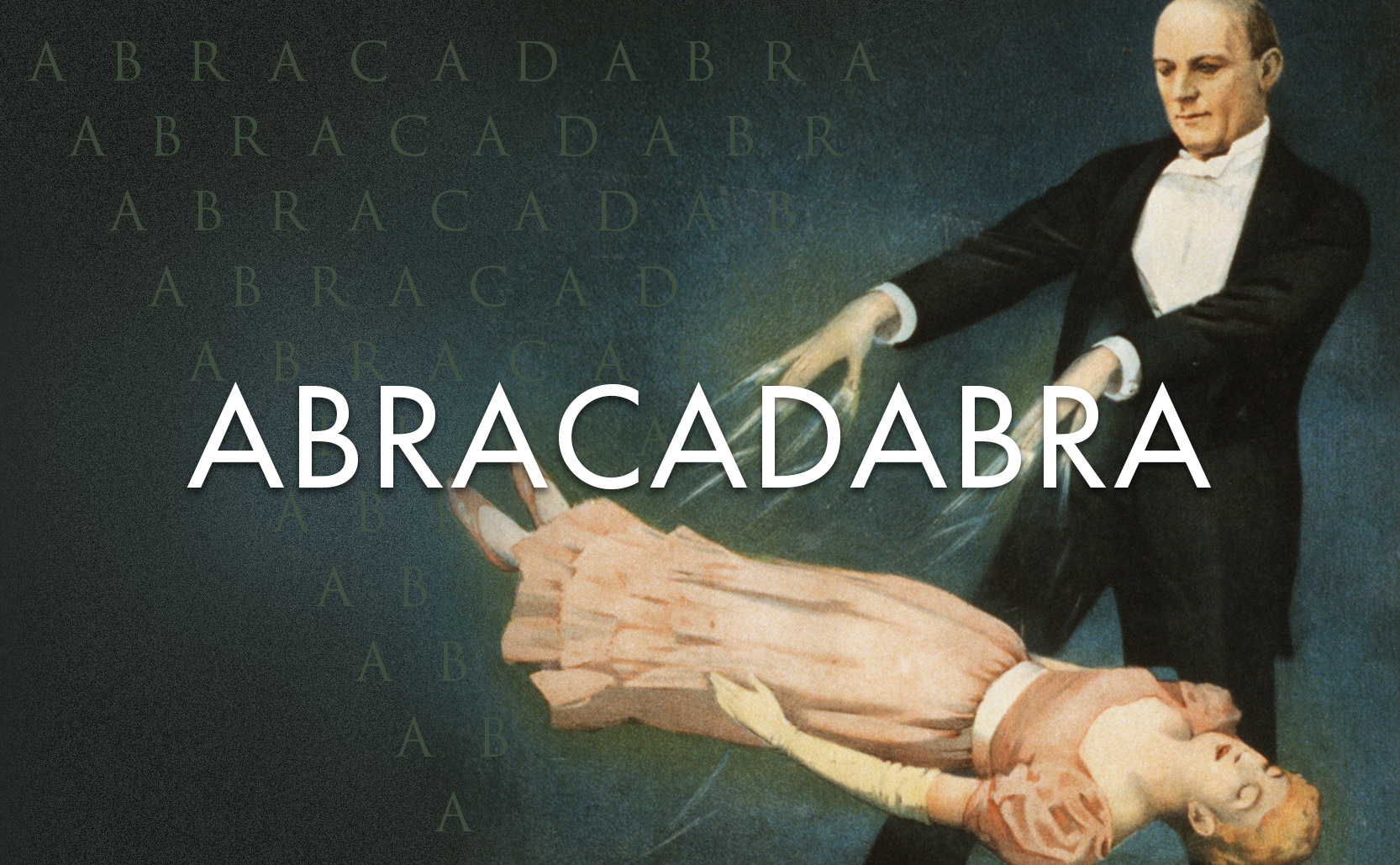Abracadabra, a term that transcends mere vocabulary, has captured the collective imagination for centuries. Often linked to magic and illusion, this enigmatic phrase has evoked a sense of wonder, curiosity, and even controversy. But beyond its whimsical connotations lies a rich tapestry of cultural significance and historical relevance. This exploration seeks to unveil the layered narrative surrounding Abracadabra, touching upon its net worth as a concept, its early associations, career trajectories, and intriguing facts that reinforce its place in our collective psyche.
Net Worth: The Value of Abracadabra
The phrase “Abracadabra” isn’t just a magical incantation; it holds a certain “net worth” in cultural capital. In the realms of entertainment, literature, and social consciousness, the term generates a particular allure. While it’s difficult to quantify an exact monetary value, its worth can be observed in the thriving sectors of magic shows, movies, and merchandise. For instance, magicians frequently employ the term, branding their performances around its enchanting resonance. Its presence at children’s parties, within children’s literature, and on merchandise from plush toy rabbits to magic kits reflects the phrase’s prolific nature.
The implication of value extends beyond simple finances; it is enmeshed in something deeper—the enduring human fascination with mystery, transformation, and the impossible. Thus, while “net worth” may not apply in a conventional sense, Abracadabra embodies invaluable cultural currency.
Early Life and Education: Roots of Enchantment
The origins of Abracadabra are cloaked in ambiguity. Some historians trace it back to the ancient Romans, where it appeared in medical contexts as a sort of talisman against fever. The term might derive from the Aramaic phrase “avra kehdabra,” meaning “I create as I speak.” Such etymological explorations tantalizingly suggest that words have the power to shape reality, laying the groundwork for a culture that values eloquence and spellbinding rhetoric.
Interestingly, early life experiences with storytelling—be it through oral traditions or written forms—allowed phrases like Abracadabra to flourish. Encompassing education in the arts, literature, and oratory, those who coined and transmitted the term were likely engaged in a dialectical exchange of ideas, turning the mundane into the extraordinary. This backdrop set the state for a conceptual life filled with magical possibilities, rooted not just in mystical practices but also in the compelling narratives spun by early authors, poets, and storytellers.
Career: The Role of Abracadabra
Abracadabra found its niche within the broader spectrum of magic and performance art. With a career spanning generations, it has been an integral part of magic acts, often employed to incite anticipation before a trick unfolds. Legends such as Houdini and modern magicians like David Copperfield have used it to cultivate an atmosphere of wonder, suggesting that what follows transcends ordinary expectations.
The phrase has also meandered its way into the world of popular media, appearing in films, literature, and even video games. Its use on the stage conjures a ritualistic air, inviting participants and observers to suspend disbelief momentarily. Less a word and more a cultural artifact, Abracadabra symbolizes the intersection of reality and imagination. The phonetic allure very much like an incantation, evokes a sense of limitless possibilities trapped within the confines of a single utterance.
Interesting Facts: Diverse Contexts of Magic
The usage of Abracadabra isn’t confined solely to conjuring illusions; rather, it has branched into various fields. Did you know that the term has been adapted by theorists and psychologists to examine the processes of human cognition? In this context, the mechanics of belief become the focal point, as the phrase can serve as a marker of how we internalize magic in our everyday lives. The way we interpret “the sleights and tricks” of life often mirrors our understanding of real magic.
Furthermore, it’s intriguing how the phrase has appeared in numerous cultural texts, from classical literature to contemporary songs. Music artists and poets harness the term to express themes of longing, escape, and transformation. It showcases how language evolves and thrives within the cultural milieu, resonating across time and space.
Controversy: The Duality of Magic
However, not all associations surrounding Abracadabra have been positive. As with any concept woven into the fabric of society, it exists in a controversial dichotomy. The mystical and the fabricated can often lead to skepticism, especially in contemporary contexts where exposure to hoaxes and deception has heightened skepticism. Some critics argue that the allure of magic can mislead and misinform, cultivating a worldview that favors illusion over reality.
Furthermore, in some cultures, the use of magic, and by extension phrases like Abracadabra, has raised ethical debates. This complexity underscores human fascination with the mystical—a fascination that prompts inquiry, skepticism, and ultimately, reverence for the unknown. Despite these controversies, or perhaps because of them, the continuing dialogue surrounding Abracadabra ensures its place in our cultural lexicon.
In conclusion, the allure of Abracadabra lies not only in its enchanting syllables but also in the extensive narratives it has woven through history, culture, and human psychology. It invites us to ponder the dualities present in life—illusion and reality, skepticism and belief, chaos and order. It is more than just an utterance; it embodies a timeless echo of our humanity’s ceaseless quest for understanding in a world rife with wonder and mystery. And as we journey through life, our encounters with such magical expressions help shape our reality, inviting us to experience the extraordinary every day.





